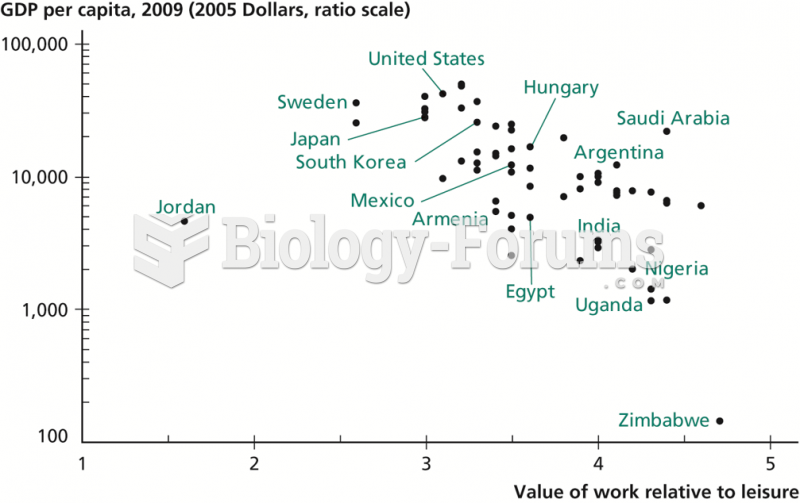Answer to Question 1
Correct Answer: 3
Rationale 1: Follicular-stimulating hormone and luteinizing hormone do not impact growth and development.
Rationale 2: Follicular-stimulating hormone and luteinizing hormone do not impact nutrition and metabolism.
Rationale 3: Follicular-stimulating hormone and luteinizing hormone target the gonads, which are part of the reproductive system.
Rationale 4: Follicular-stimulating hormone and luteinizing hormone do not impact the renal system.
Global Rationale: Follicular-stimulating hormone and luteinizing hormone target the gonads, which are part of the reproductive system. These hormones do not directly affect growth and development, nutrition and metabolism, or the renal system.
Answer to Question 2
Correct Answer: 3,4,5
Rationale 1: Depression is not a risk factor that would indicate the use of an anorexiant for a BMI of greater than 27.
Rationale 2: Anxiety is not a risk factor that would indicate the use of an anorexiant for a BMI of greater than 27.
Rationale 3: Hypertension is a risk factor that would indicate the use of an anorexiant for a BMI of greater than 27.
Rationale 4: Hyperlipidemia is a risk factor that would indicate the use of an anorexiant for a BMI of greater than 27.
Rationale 5: Diabetes is a risk factor that would indicate the use of an anorexiant for a BMI of greater than 27.
Global Rationale: Like the lipase inhibitors, anorexiants are prescribed for patients with a BMI of at least 30 or greater, or a BMI of 27 or greater if the patient has other risk factors such as HTN, hyperlipidemia, or diabetes. Anxiety and depression are not factors that indicate need for an anorexiant.







